The International Space Station
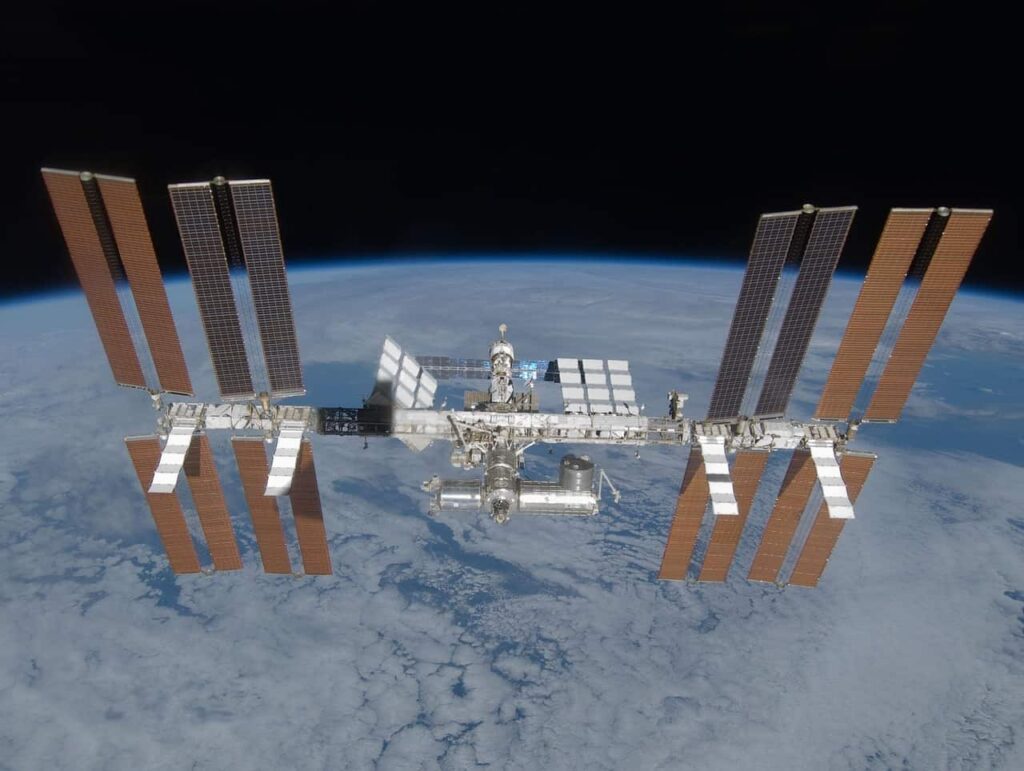
The International Space Station (ISS) is a remarkable achievement in engineering, cooperation, and collaboration. The ISS is a habitable artificial satellite that orbits the Earth at an altitude of around 408 km (254 mi). The construction of the ISS involved the integration of several modules built by different countries, including the United States, Russia, Europe, Japan, and Canada. The engineering challenges included designing and building the different modules, creating a system for docking and assembling them, and developing life-support systems for the crew. The ISS has been in orbit since 1998 and has been continuously inhabited since 2000.
The Three Gorges Dam
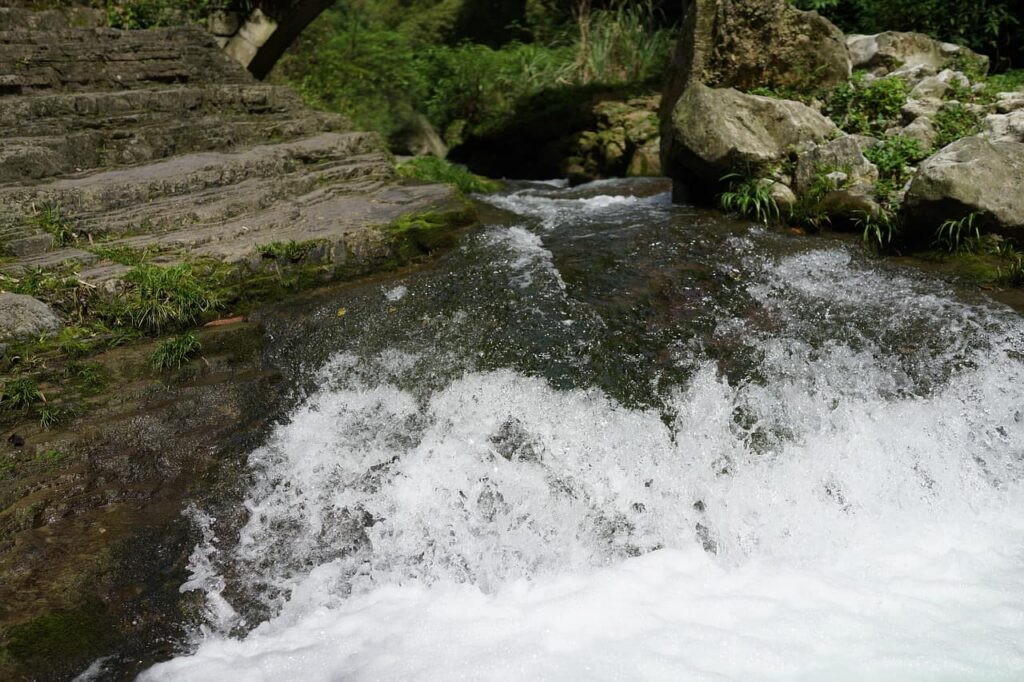
The Three Gorges Dam is the largest hydropower project in the world, located on the Yangtze River in China. The dam is 2.3 kilometers (1.4 miles) long, 185 meters (607 feet) high, and 115 meters (377 feet) wide at the base. The construction of the dam required the relocation of over 1.2 million people and the flooding of over 632 square kilometers (244 square miles) of land. The engineering challenges of the Three Gorges Dam included managing the flow of water, designing and building the dam, and constructing the hydroelectric power plant. The dam generates around 98.8 terawatt-hours (TWh) of electricity annually, which is equivalent to the energy produced by burning 40 million tonnes of coal.
The Burj Khalifa
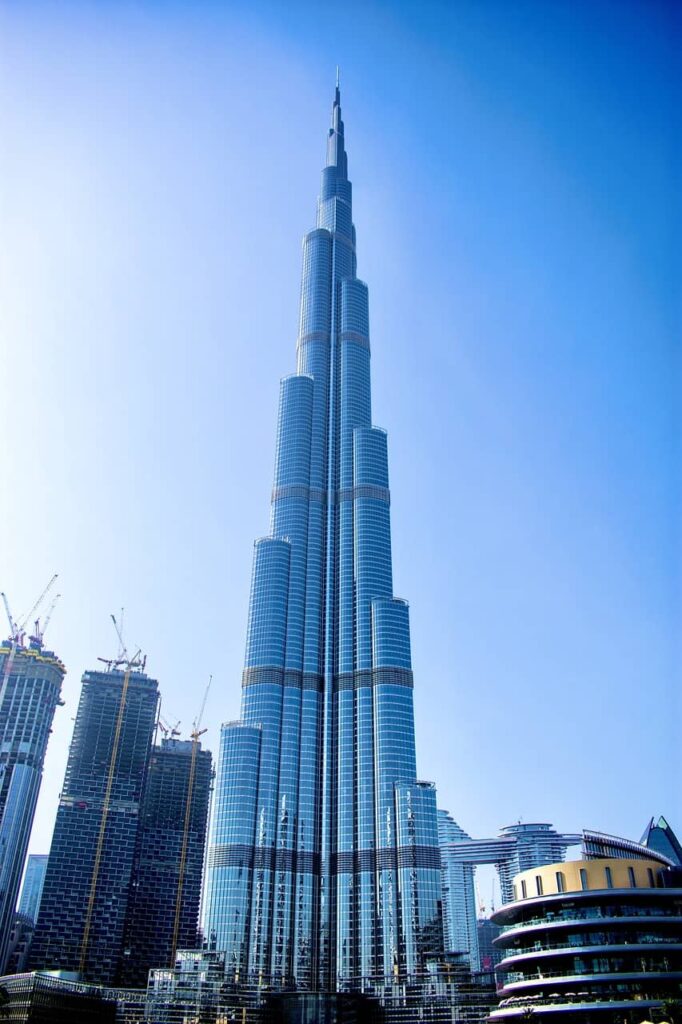
The Burj Khalifa, located in Dubai, United Arab Emirates, is the tallest building in the world, standing at a height of 828 meters (2,716 feet). The construction of this skyscraper required a lot of engineering expertise and innovation, as it had to withstand extreme weather conditions, high wind forces, and seismic activity. The engineers and architects utilized the latest computer technology and simulations to ensure the structural stability of the building. One of the most impressive feats of engineering in the Burj Khalifa is the advanced elevator system, which can travel at a speed of 64 km/h (40 mph) and takes only 60 seconds to reach the top floor.
The Airbus A380
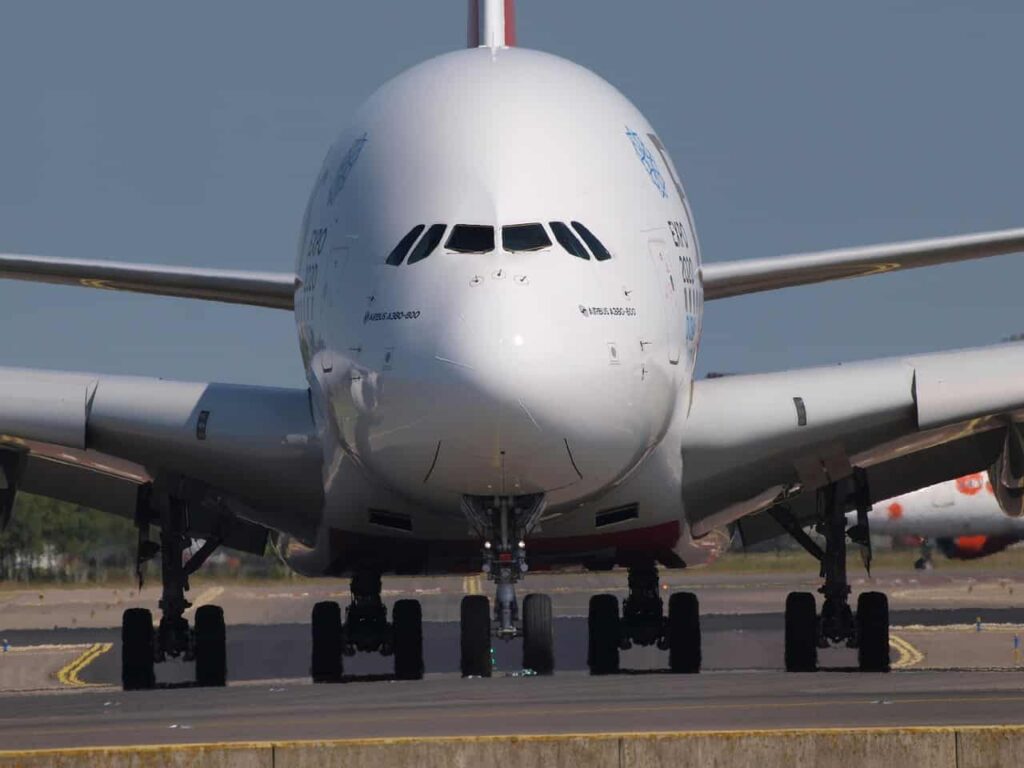
The Airbus A380 is the world’s largest passenger airliner, with a capacity of up to 853 passengers. The A380 is an engineering marvel, with advanced aerodynamics, lightweight materials, and advanced avionics. The plane has a wingspan of 80 meters (262 feet), a length of 73 meters (238 feet), and a height of 24 meters (79 feet). The engineering challenges of the A380 included designing and building the massive wings, developing a fuel-efficient engine, and creating a comfortable and safe passenger experience. The A380 has been in service since 2007 and is a testament to the progress and innovation in aerospace engineering.
The Channel Tunnel
The Channel Tunnel, also known as the Chunnel, is a 50-kilometer (31-mile) undersea rail tunnel that connects the United Kingdom and France. The engineering challenges of the Chunnel included tunneling through the English Channel, building a tunnel deep under the seabed, and designing a ventilation system to maintain air quality. The tunnel carries high-speed Eurostar passenger trains and freight trains, providing a vital link between the two countries.
The Hoover Dam
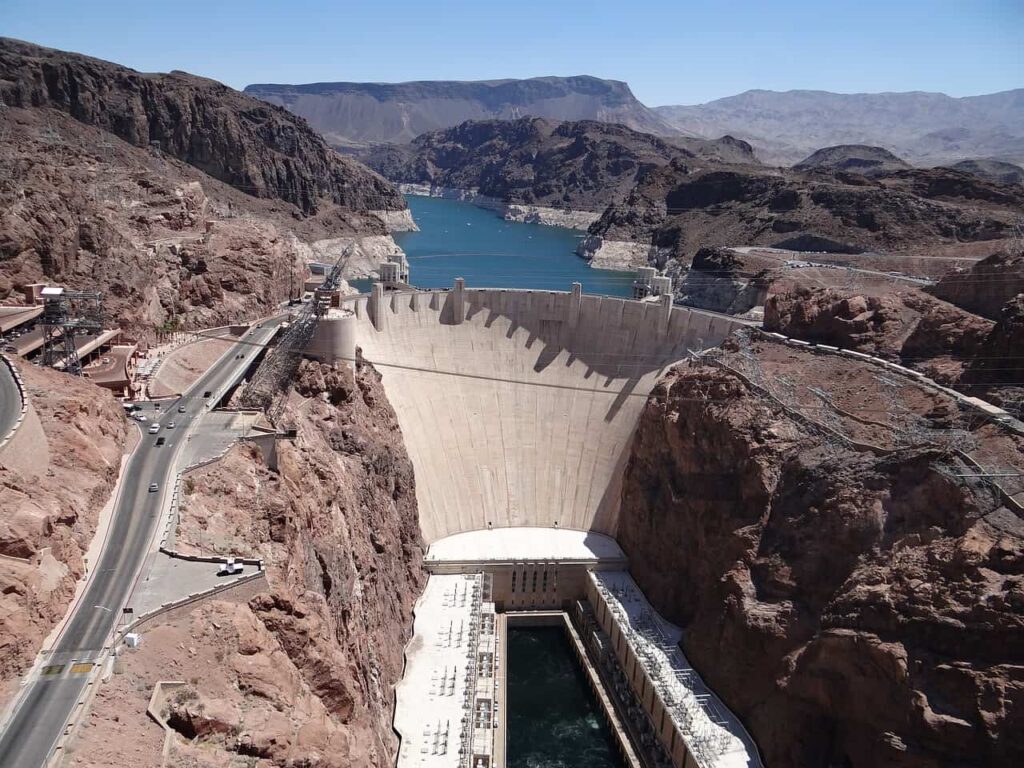
The Hoover Dam, located on the Colorado River between Arizona and Nevada in the United States, is an engineering marvel that provides hydroelectric power and water storage to millions of people. The dam is 221 meters (726 feet) high and 379 meters (1,244 feet) long. The construction of the dam required the excavation of over 3.2 million cubic meters (4.2 million cubic yards) of rock and concrete, and the engineering challenges included managing the flow of water, building the dam, and creating a hydroelectric power plant.
The Trans-Alaska Pipeline System
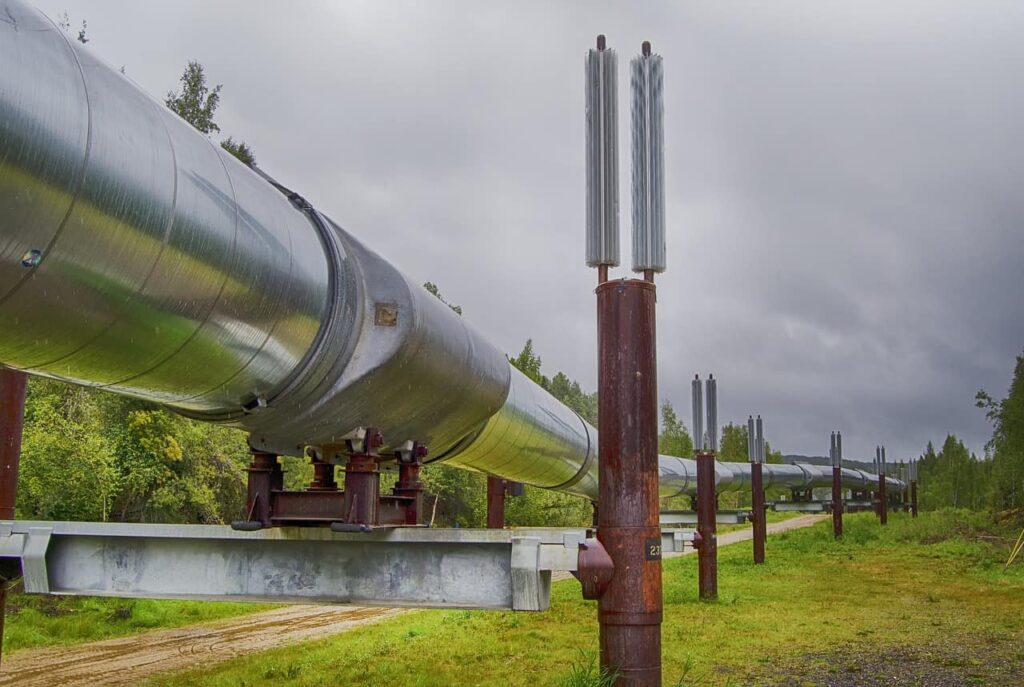
The Trans-Alaska Pipeline System is a 1,287-kilometer (800-mile) pipeline that transports oil from Prudhoe Bay on the Arctic Ocean to Valdez, Alaska. The pipeline was built in the 1970s and is a remarkable feat of engineering that traverses rugged terrain, permafrost, and seismic activity. The pipeline includes pumping stations, storage tanks, and other infrastructure, and is capable of transporting up to 2.1 million barrels of oil per day.
The Millau Viaduct
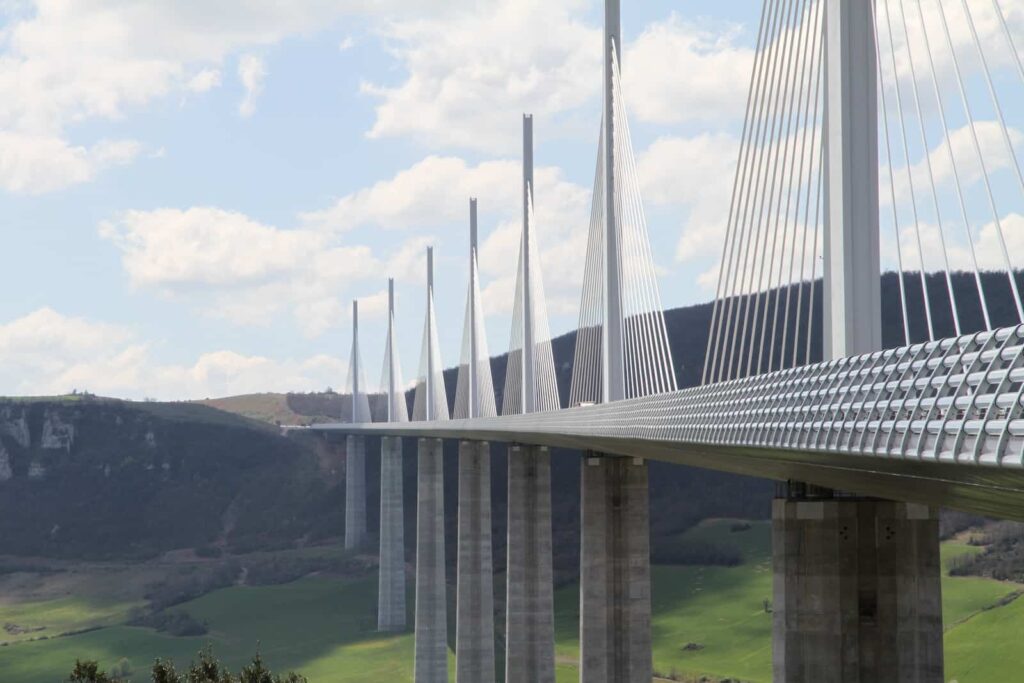
The Millau Viaduct is a cable-stayed bridge that spans the Tarn River Valley in southern France, and is the tallest bridge in the world. The bridge is 343 meters (1,125 feet) tall at its highest point, and 2.5 kilometers (1.6 miles) long. The engineering challenges of the Millau Viaduct included designing and building the massive pillars and cables, and ensuring the stability of the bridge in high winds and seismic activity.
The Large Hadron Collider

The Large Hadron Collider (LHC) is the largest and most complex particle accelerator in the world, located in a 27-kilometer (17-mile) tunnel beneath the French-Swiss border. The LHC is designed to accelerate subatomic particles to nearly the speed of light, and collide them to study fundamental physics and the nature of the universe. The engineering challenges of the LHC included designing and building the massive underground tunnels, creating powerful magnets to guide the particles, and developing sophisticated detectors to capture the data from the collisions.
The Panama Canal
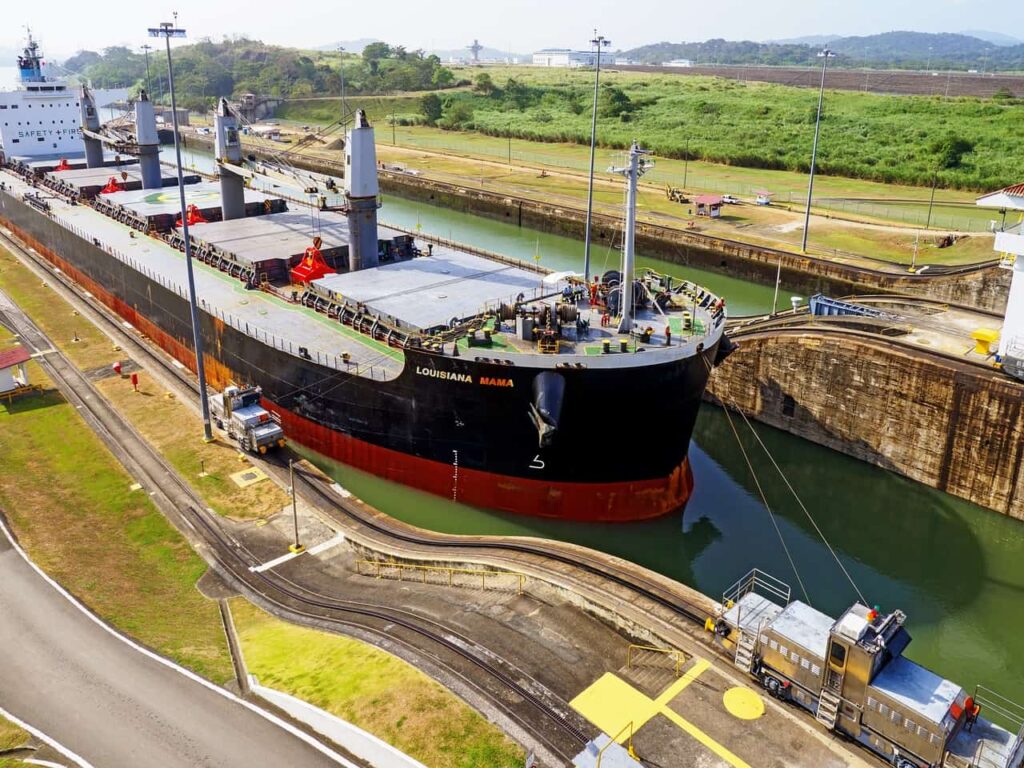
The Panama Canal is a 77-kilometer (48-mile) waterway that connects the Atlantic and Pacific Oceans, cutting through the narrowest part of the isthmus of Panama. The canal has been a significant feat of engineering since it opened in 1914, revolutionizing global trade and transportation. The canal system includes a series of locks that raise and lower ships through the canal, allowing them to traverse the varying elevations of the terrain. The engineering challenges of the Panama Canal included managing the flow of water, building the locks, and excavating the terrain. The construction of the canal required the relocation of over 40 million cubic meters (52 million cubic yards) of earth and rock.
The Palm Islands
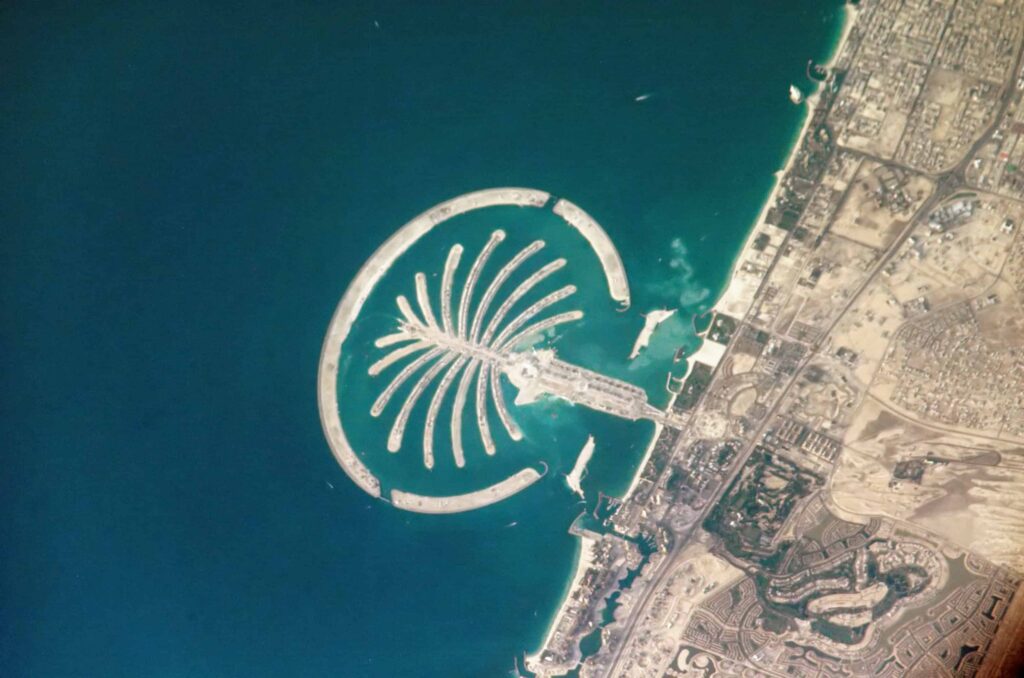
The Palm Islands are a group of artificial islands located off the coast of Dubai, United Arab Emirates. The islands are shaped like palm trees and were built using a technique called land reclamation, which involves dredging sand from the seabed and depositing it in the desired shape. The engineering challenges of the Palm Islands included designing and building the artificial islands, creating the infrastructure to support them, and protecting them from erosion and storms.
The Beijing National Stadium
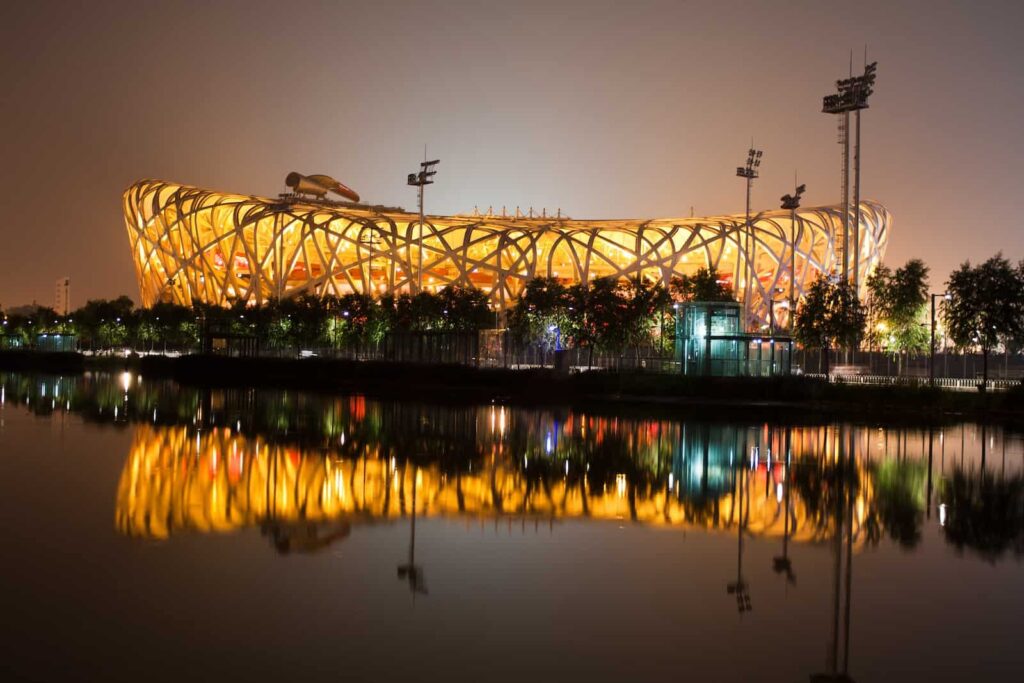
The Beijing National Stadium, also known as the Bird’s Nest, is a stadium located in Beijing, China, and was the main venue for the 2008 Summer Olympics. The stadium has a unique and complex design, consisting of interlocking steel beams that resemble a bird’s nest. The engineering challenges of the Beijing National Stadium included designing and building the structure to withstand earthquakes and high winds, creating a sustainable and energy-efficient system, and ensuring the safety and comfort of the spectators.
The Millennial Tower

The Millennial Tower, also known as the Waldspirale, is an apartment building located in Darmstadt, Germany, and is a unique example of organic architecture. The building is shaped like a snail shell and includes 1,000 windows, a rooftop garden, and a courtyard with a pond. The engineering challenges of the Millennial Tower included designing and building the complex shape of the building, creating the infrastructure to support it, and ensuring the safety and comfort of the occupants.
The Petronas Towers
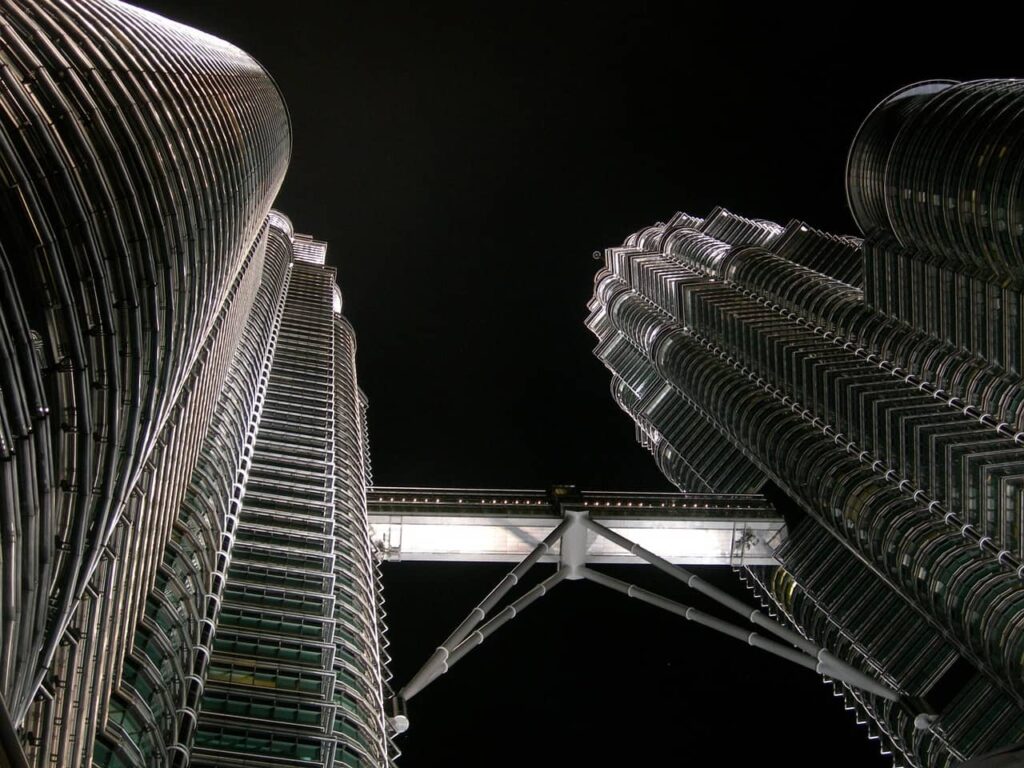
The Petronas Towers are twin skyscrapers located in Kuala Lumpur, Malaysia, and were the tallest buildings in the world from 1998 to 2004. The towers are 452 meters (1,483 feet) tall and include 88 floors. The engineering challenges of the Petronas Towers included designing and building the structure to withstand high winds and earthquakes, managing the vertical transportation of people and goods, and ensuring the safety and comfort of the occupants.
The Akashi Kaikyo Bridge
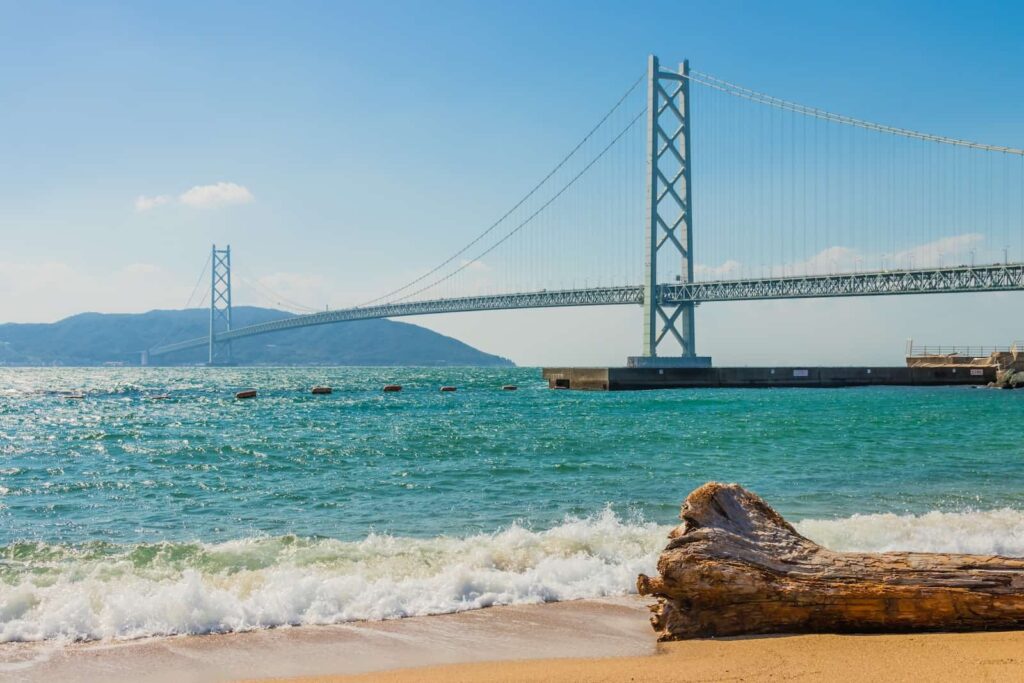
The Akashi Kaikyo Bridge is a suspension bridge located in Kobe, Japan, and is the longest suspension bridge in the world. The bridge spans the Akashi Strait, which is one of the busiest shipping lanes in the world. The bridge is 3.9 kilometers (2.4 miles) long and includes two main towers that are 300 meters (984 feet) tall. The engineering challenges of the Akashi Kaikyo Bridge included designing and building the massive towers and cables, ensuring the stability of the bridge in high winds and seismic activity, and providing access to maintenance and emergency services.
The Hubble Space Telescope
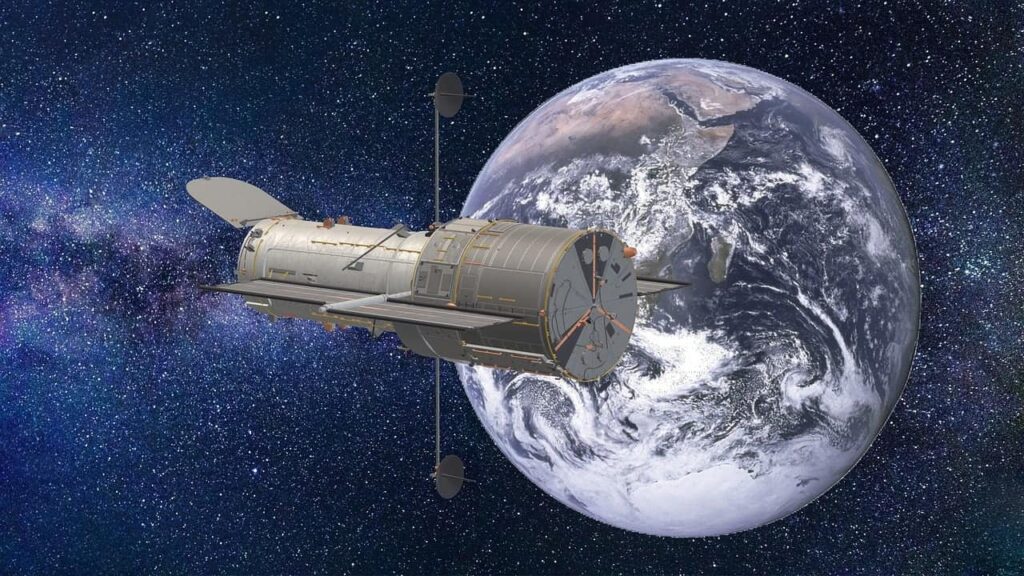
The Hubble Space Telescope is a space telescope launched by NASA in 1990, and is still in operation today. The telescope orbits Earth and has made numerous groundbreaking discoveries in astronomy and astrophysics. The engineering challenges of the Hubble Space Telescope included designing and building the various components, launching the telescope into space, and maintaining and repairing it during its decades-long mission.